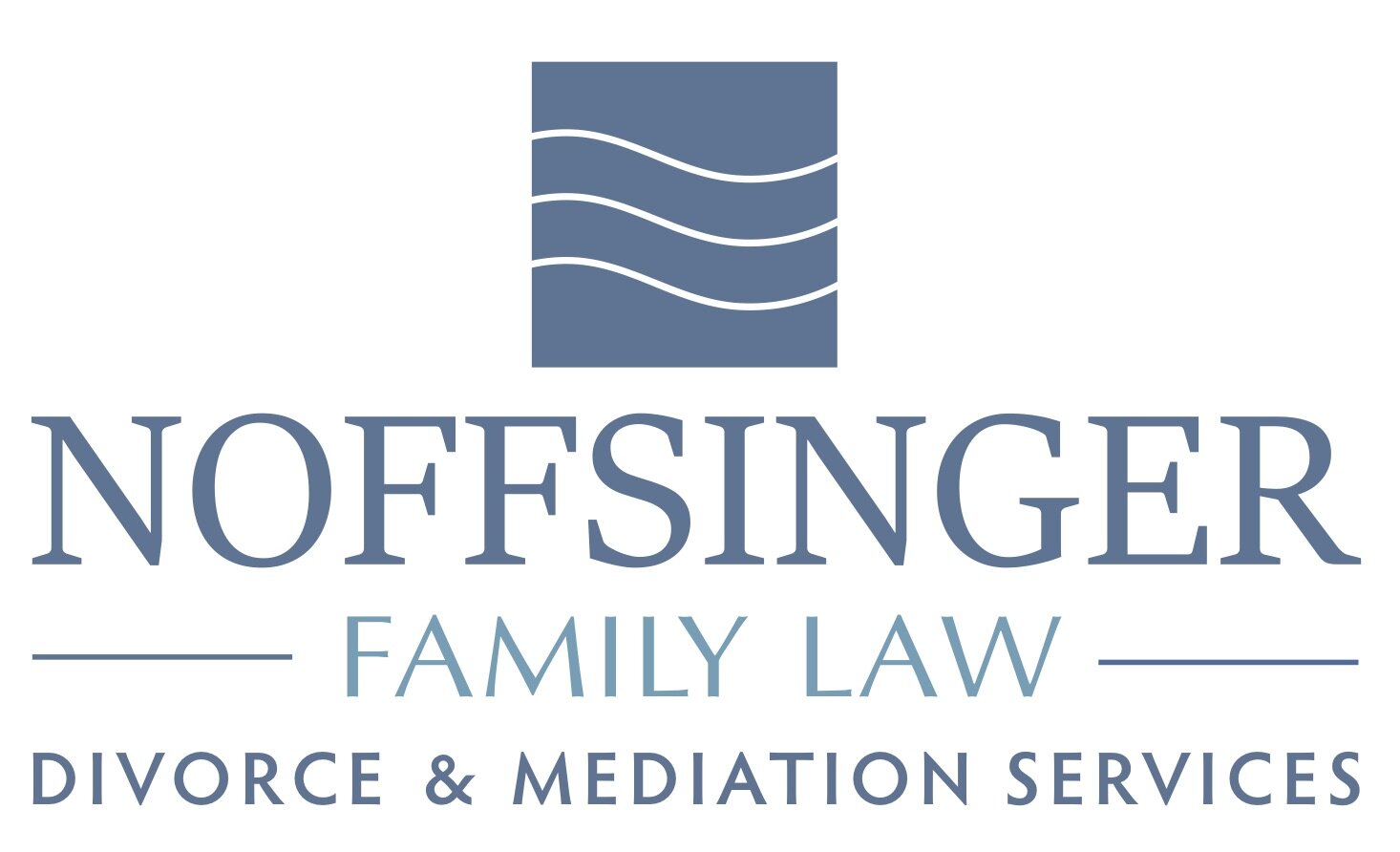The Truth about Collaborative Law
Even though collaborative law is now a well-established effective way to resolve divorce (even codified in state law in Washington and elsewhere), I’m always surprised by how many misconceptions continue to exist. While I can’t presume to speak for all collaborative professionals, here are some truths from my many cases this last decade since I started doing collaborative divorce work, to challenge some of the most common misunderstandings about this supportive conflict resolution process.
MISCONCEPTION #1: Collaborative law is more expensive than other divorce processes.
TRUTH: A collaborative process almost always costs less than a litigated divorce. Data from my cases shows that collaborative divorces almost always cost notably less than a traditional court-based process – and that’s even with no court hearings (which add significant attorney fees). Collaborative law has built-in efficiencies that other processes do not:
· A collaborative process involves a series of meetings with both spouses and both lawyers, in which all relevant issues are discussed in real time -- rather than the expensive “game of telephone” when lawyers trade offer and counter-offers back and forth, and much gets lost in translation.
· Clients agree to forego some of the formal rules and processes that govern court-based divorces, so the exchange of information and goals can be done more transparently and quickly.
· Rather than both lawyers completing the due diligence of reviewing all financial documents (tax returns, account statements, pension plans, etc.), in a collaborative process the lawyers delegate that work to a neutral financial analyst. The clients pay just one professional with a lower hourly rate (rather than two lawyers) to compile the necessary financial information prior to settlement.
· Similarly, a neutral mental health professional (a “divorce coach”) meets separately with the spouses to develop plans for parenting kids and assist with the emotional side of divorce.
MISCONCEPTION #2: Collaborative law is only for spouses who feel friendly, trusting and “collaborative” toward each other.
TRUTH: Many collaborative cases in my practice group have involved suspicions about one spouse hiding money, families struggling with the effects of mental illness and addictions, spouses with a history of domestic violence, and couples in high conflict. I’ve come to believe these sorts of cases actually needa collaborative approach even more than “easier” cases. I often explain that collaborative describes the way the professionals work together (not necessarily the spouses). When professionals collaborate, that does not mean clients don’t receive strong advocacy. It simply means that advocacy for one spouse won’t trump all other considerations, such as preserving long-term family relationships, keeping lawyer fees in check, and considering the interests and well-being of all family members. When families need coordinated support and conflict resolution for fragile situations, a team of multi-disciplinary professionals working together in a collaborative process offers the best chance of a better outcome.
MISCONCEPTION #3: In collaborative divorce, I would probably get a worse settlement because I won’t have a bulldog litigator fighting for me.
TRUTH: Outcomes -- asset division, child support, parenting plan -- achieved in collaborative law almost always fall within the range of typical court outcomes. When they don’t, it’s because both spouses agree they want to deviate from the norms that could expect in court because doing so better meets both of their needs. And those decisions aren’t made until both parties have received plenty of legal advice from their lawyers.
MISCONCEPTION #4: The collaborative process often doesn’t work, and then the clients have to start over with new lawyers.
TRUTH: Collaborative law works well in almost all cases. A very tiny percentage of our practice group’s collaborative cases have not successfully reached completion. In the last ten years, about 3% of my collaborative cases have required referrals to non-collaborative lawyers because we could not reach resolution.
MISCONCEPTION #5: Collaborative law isn’t much different from traditional divorce, especially if I hire a reasonable lawyer.
TRUTH: Traditional divorce takes an arguably old-fashioned approach, in which a paternalistic lawyer directs the case and the clients, while looking for arguments that his or her client should get more. Even the most reasonable divorce attorneys use a very different process, rooted in a formal court system with “opposing parties,” for reaching resolution. Traditional divorce attorneys must support only their clients’ positions, not considering whether the overall outcome will support both spouses or the new family structure -- inevitably resulting in a win-lose mindset to resolving problems. Collaborative law differs in many fundamental ways. Its structured meetings-based approach maximizes efficient and direct communications, avoiding many misunderstandings and wrong assumptions. In the collaborative process, we also work hard to avoid surprises, involving the clients in every decision along the way, from when to file the divorce petition, to whether to seek a valuation of the family business. Collaborative lawyers have particular training and skills to help clients deescalate conflict through creative problem solving. Often that involves helping clients to consider the bigger picture, rather than narrowly focusing only on the bottom line. A good collaborative process helps divorcing spouses reach agreement that works for both, without lingering resentment or anger that too often spills over onto the kids.

